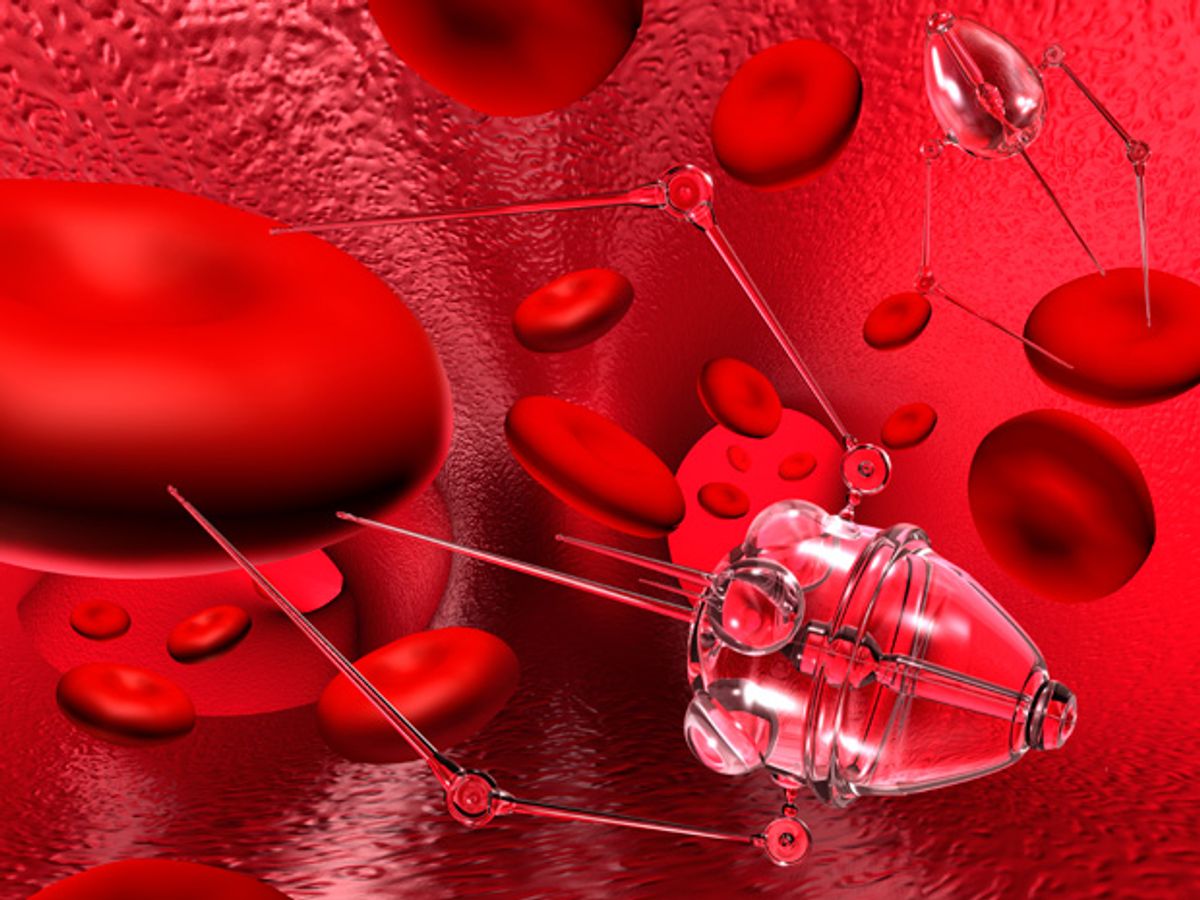The therapeutic capabilities of metallic nanoparticles continue to improve, especially for cancer treatment. Along with their growing therapeutic abilities, they are also piling up diagnostic capabilities as well, like their recent use in enabling iPod drug testing.
Now, thanks to researchers from the University of New South Wales in Australia, metallic nanoparticles have been used to both treat cancer and observe the treatment. This latest development is part of the emerging field of so-called “theranostic” nanoparticles in which the nanoparticle is both a therapeutic and a diagnostic tool.
In a first, the Australian researchers, who published their work in the journal ACS Nano ("Using Fluorescence Lifetime Imaging Microscopy to Monitor Theranostic Nanoparticle Uptake and Intracellular Doxorubicin Release"), used a fluorescence imaging technique to see the release of a drug inside lung cancer cells.
“Usually, the drug release is determined using model experiments on the lab bench, but not in the cells,” said Professor Cyrille Boyer from the UNSW School of Chemical Engineering in a press release. “This is significant as it allows us to determine the kinetic movement of drug release in a true biological environment.”
The researchers were able to deliver the drug and watch it enter the cancer cells by using iron oxide nanoparticles that each had a polymer outer shell. The polymer shells were built so that they could attach to the drug doxorubicin (DOX) and then release the DOX in an acidic environment—inside the cancer cell. The iron oxide nanoparticles within the shell exploited the inherent fluorescence of the DOX by acting as contrast agents to make the fluorescence stand out.
Boyer expects that the iron oxide nanoparticles that they have developed will make it possible to adapt drug treatments to individual patients. “This is very important because it shows that bench chemistry is working inside the cells,” says Boyer. “The next step in the research is to move to in-vivo applications.”
Dexter Johnson is a contributing editor at IEEE Spectrum, with a focus on nanotechnology.



